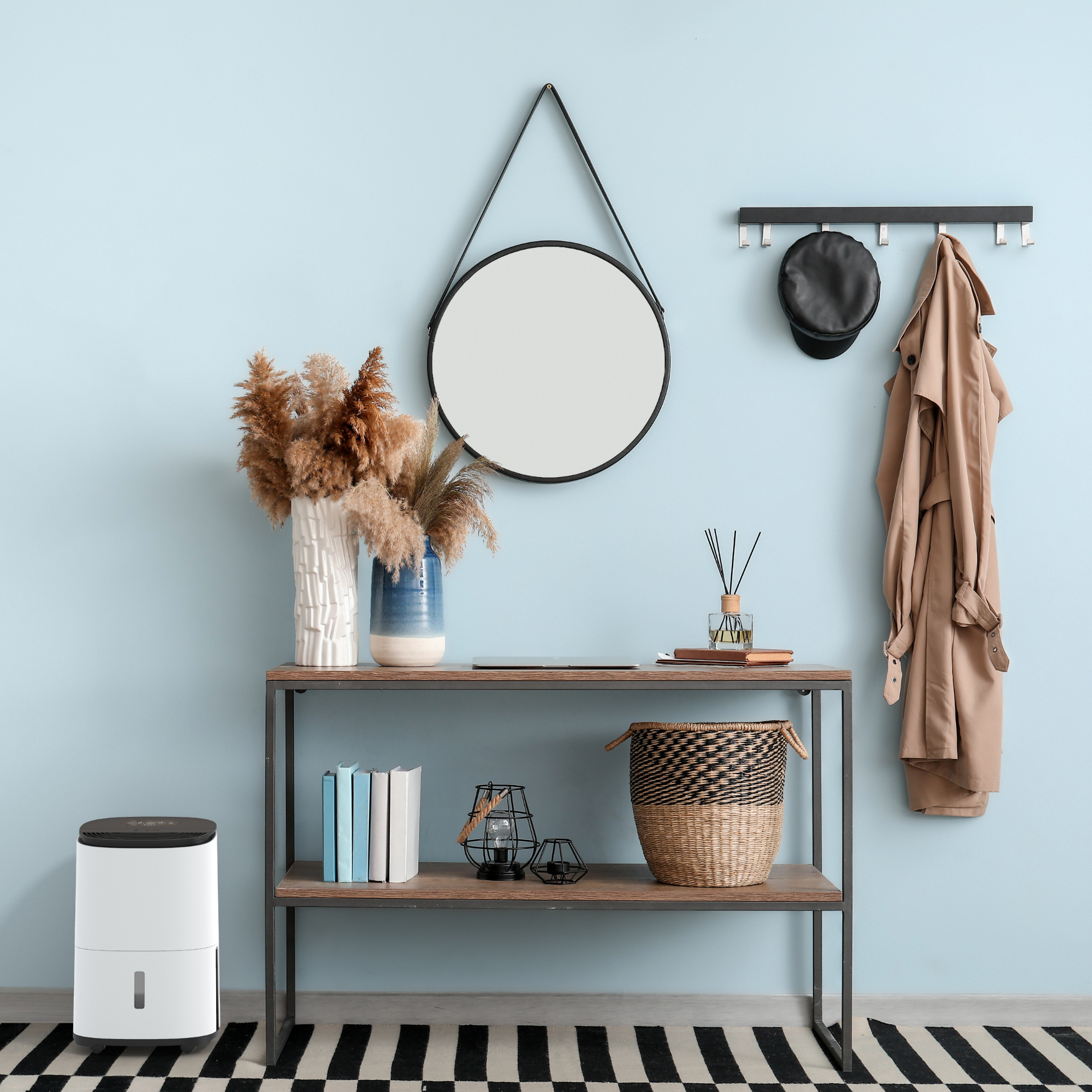
Dehumidifiers are increasingly becoming a must in many British homes looking to tackle damp and high humidity levels – especially as we transition into cooler, wetter weather once again. However, before investing in anything for the home, understanding the risks they may pose is super important to ensuring the safety of your household. This may lead you to question: are dehumidifiers a fire hazard?
Although investing in the best dehumidifier on the market is a reliable way to ensure you're getting a quality product, there are always going to be precautions you should be actively practicing to ensure safe operation of any appliance.
'Dehumidifiers, like any electrical appliance, can pose a fire risk if they are not used properly,' notes Chris Michael, managing director at Meaco. 'However, reputable dehumidifier brands adhere to strict safety standards and certifications that significantly reduce these risks.'
But again, simply buying a highly-rated dehumidifier doesn't make you exempt from the potential risks that may arise. Being clued up on common dehumidifier mistakes to avoid and factors including placement, maintenance, and general electrical safety will help you get the most out of your appliance – so you can reap a dehumidifier's many benefits with confidence.
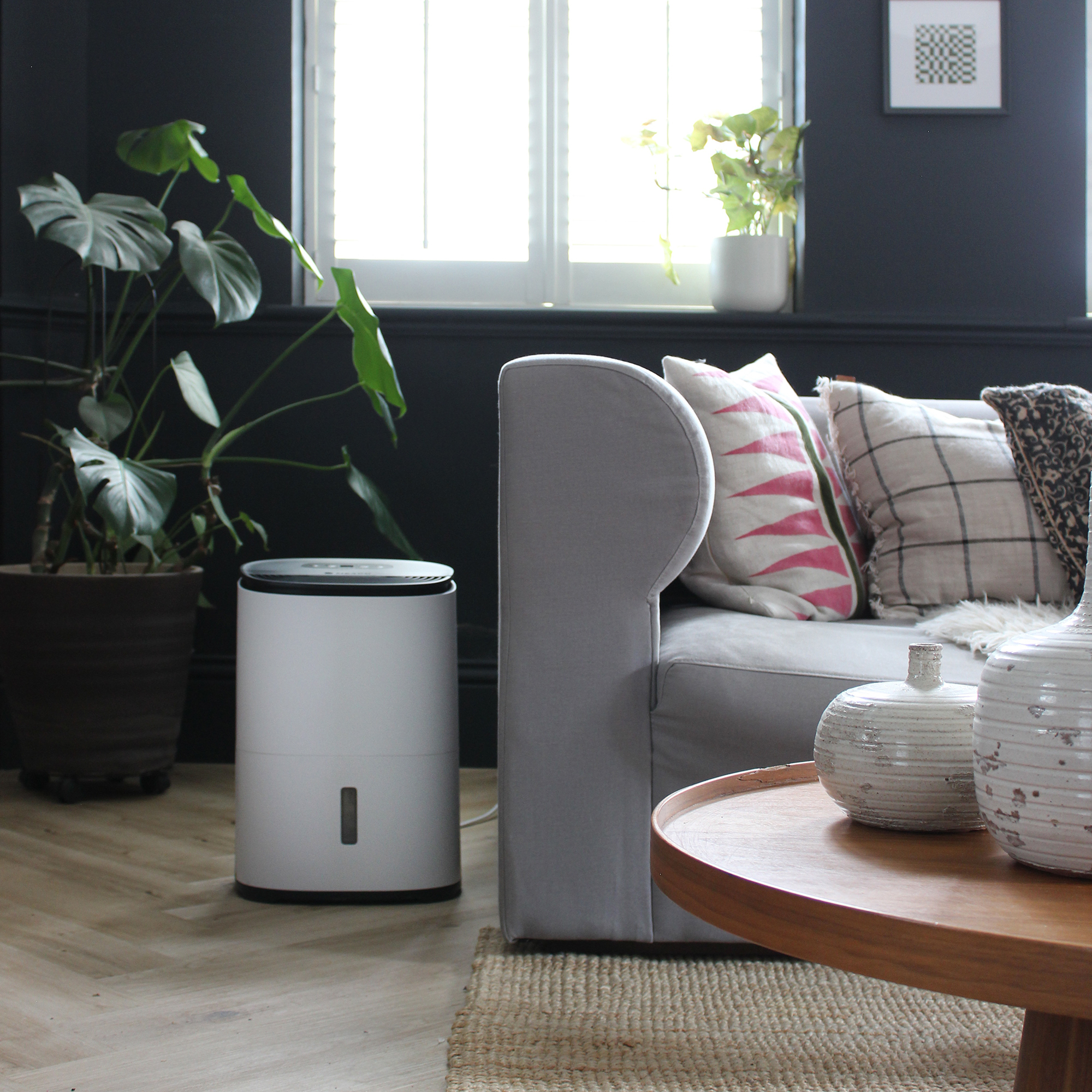
Are dehumidifiers a fire hazard?
'It's true that there have been instances of dehumidifiers being recalled due to fire risks, and I can understand why their reputation has been tarnished by that and people now have concerns over them, but these cases are rare and usually result from specific manufacturing defects,' explains Adam Harper of Fire & Evacuation Services.
However, he assures that 'most dehumidifiers on the market are safe when used correctly' and with proper usage and maintenance, the risk of a fire is minimal – even if you have to keep your dehumidifier running for long periods of time.
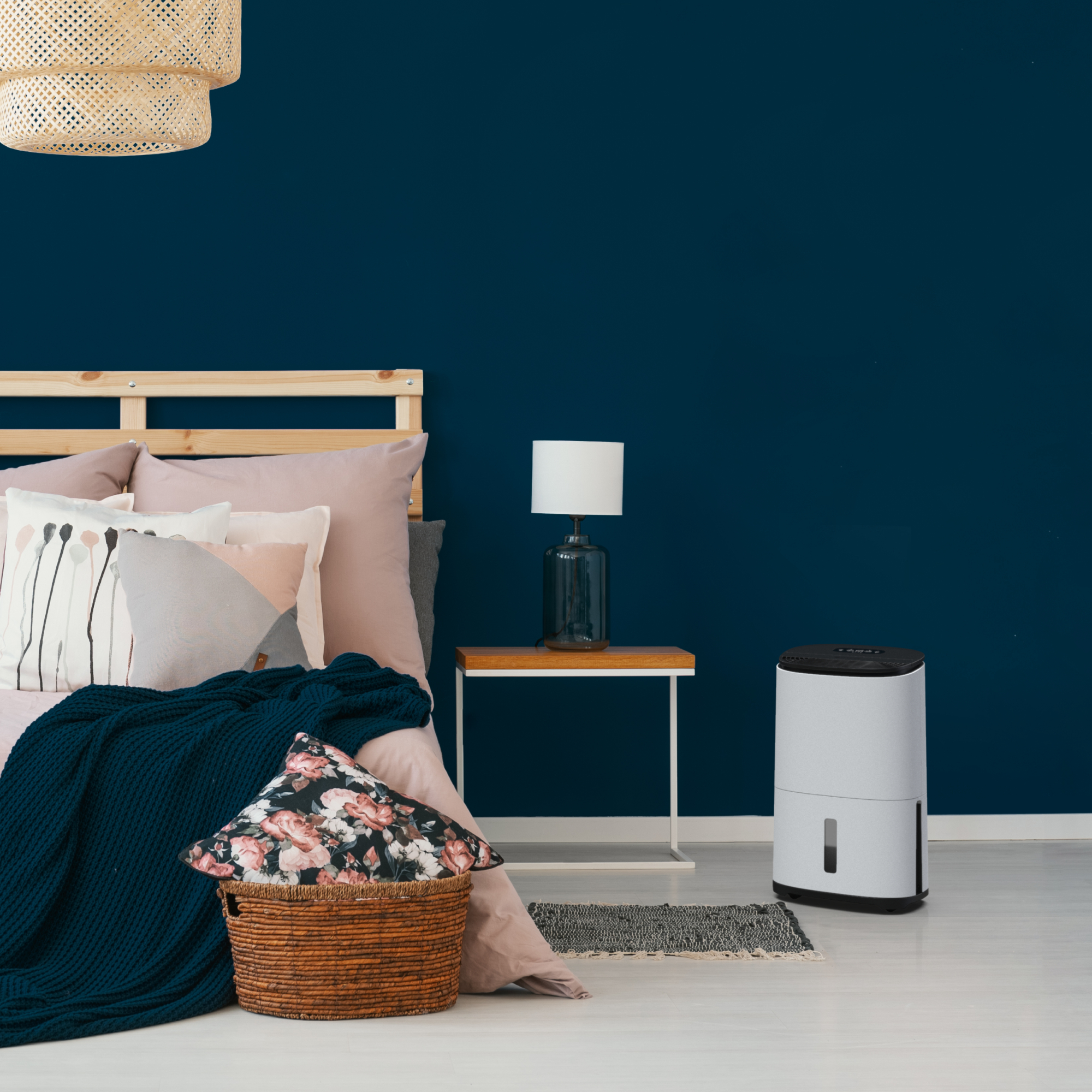
'Modern dehumidifiers are designed with safety in mind, featuring thermal cut-off switches and other safety mechanisms to prevent overheating,' continues Adam.
Not only that, but Chris further explains that dehumidifiers from reputable brands 'undergo rigorous testing and are designed to meet or exceed international safety standards, including CE marking and safety certifications specific to electrical appliances.'
Above anything, adhering to manufacturer guidelines is crucial to the safe operation of a dehumidifier, but experts also recommend taking the following into consideration.
1. Placement
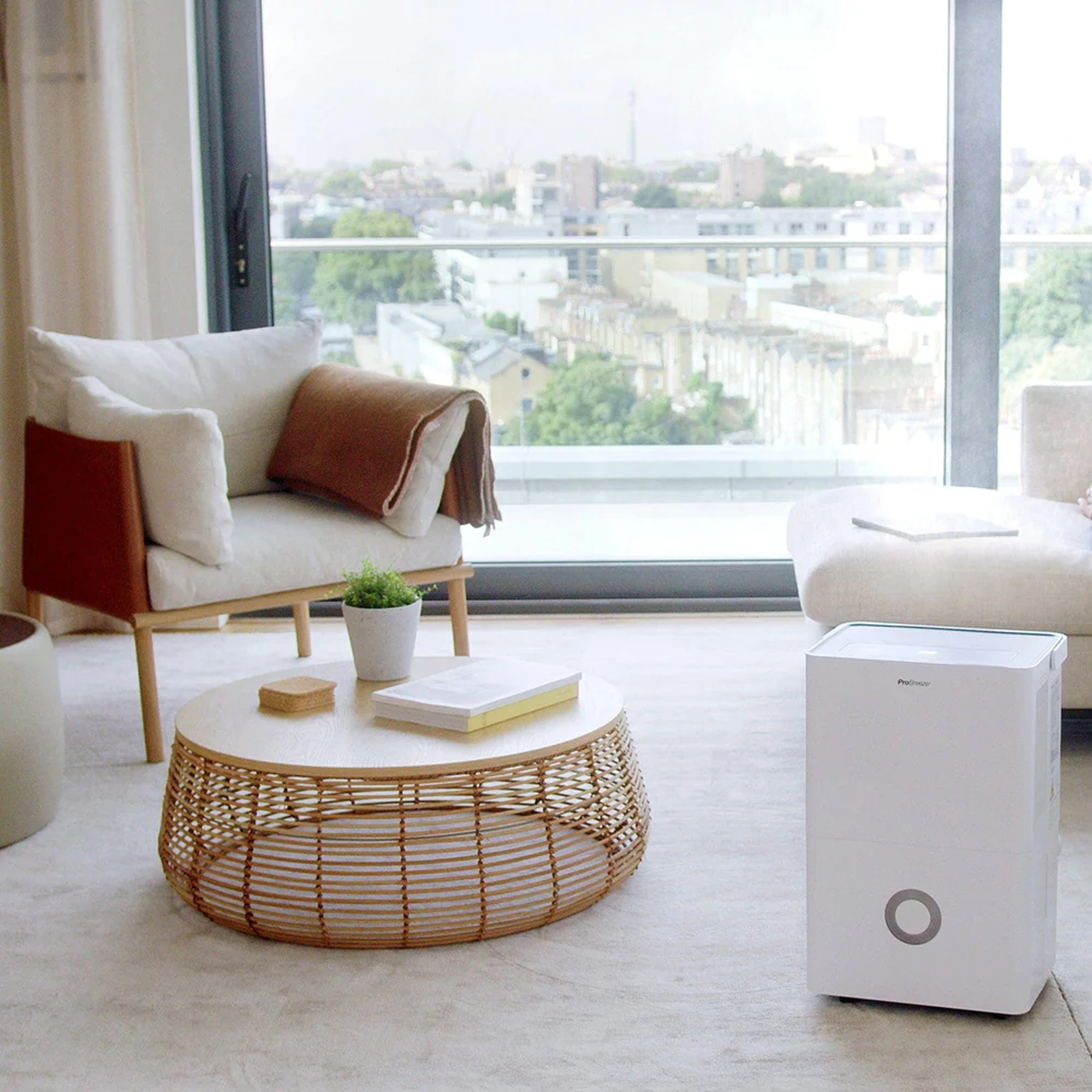
Aside from buying a model from a reputable brand when choosing a dehumidifier for your bedroom or elsewhere, the first thing to consider is where you place it.
'Place the dehumidifier on a flat, stable surface away from flammable materials like curtains or furniture,' advises Chris.
Joshua Warren, dehumidifier expert at AO.com adds that to further minimise any risk, you should 'ensure your unit has adequate space around it for proper airflow.'
2. Regular maintenance
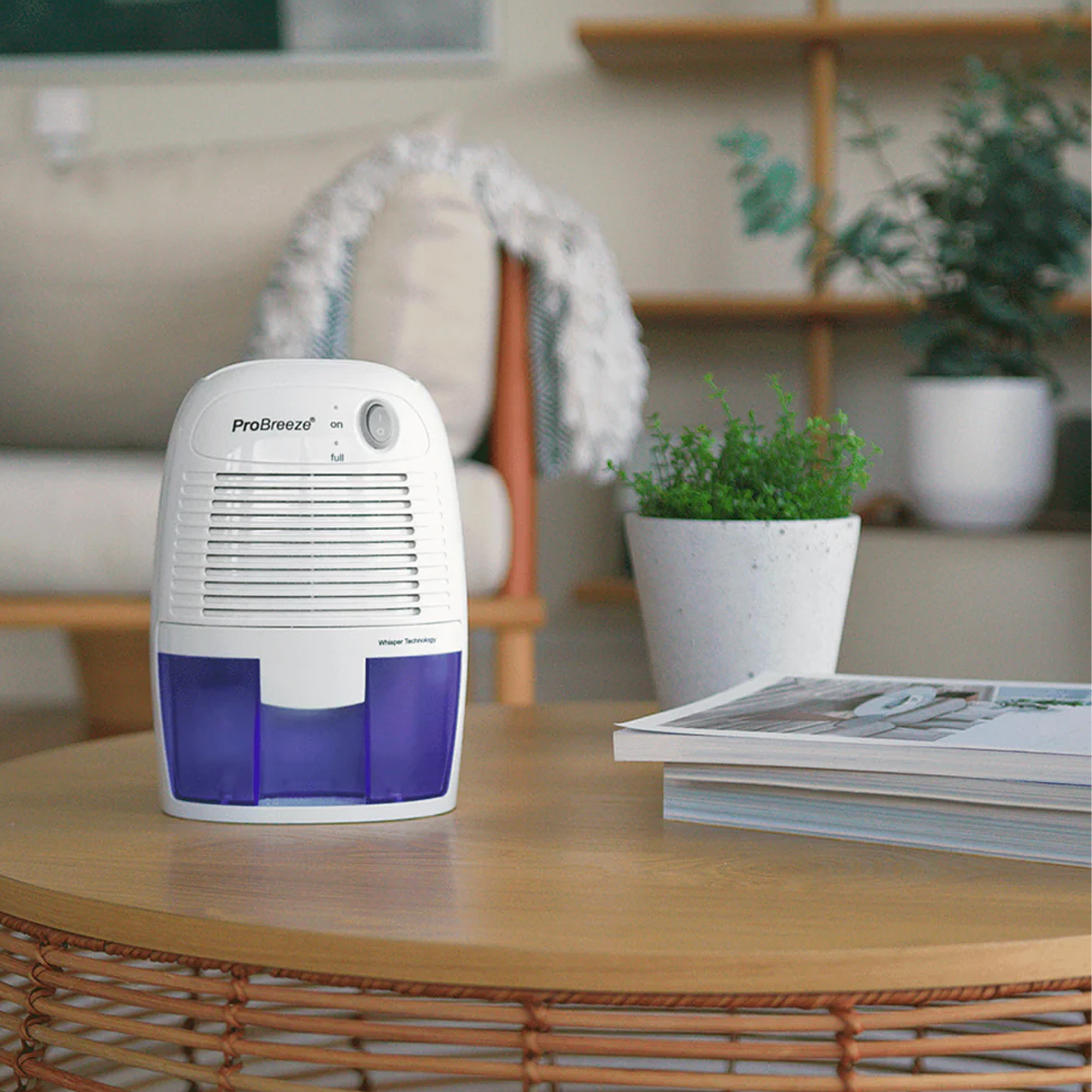
Just as cleaning your appliances will keep them working their best, cleaning and maintaining your dehumidifier will also help minimise fire risk.
'The most important aspect of this is cleaning the dust filter. If the dehumidifier is used on a daily basis, we recommend cleaning the filter every two weeks. It will ensure the machine is working efficiently, leading to better results, lower energy consumption, and prolonging the life of the machine,' says Chris.
'Make regular checks for any blocked vents your dehumidifier might have and clean any debris that could hinder its performance,' adds Joshua.
3. Electrical safety

There are a handful of appliances you should never plug into an extension cord, and dehumidifiers are one of them.
'Ensure the dehumidifier is plugged directly into a wall socket, not through an extension cord, to avoid overloading circuits,' says Chris.
In a similar fashion, Chris also urges you to stay away from using timer plugs for your dehumidifier. Although timer plugs are generally a smart buy to help you save energy at home, they may actually be doing more harm than good if you're using them in an attempt to reduce dehumidifier running costs as they don't allow the appliance to turn off properly.
'When you turn a dehumidifier off at the control panel or when its humidistat detects it's reached the target humidity, a few internal operations happen after that to allow the machine to settle correctly. Forcing a power cut (by using a timer plug) prevents that,' explains Chris. This is the case for all dehumidifier manufacturers.
Our top-rated dehumidifiers
Hopefully any reservations you've had about dehumidifiers will have settled following these tips and reassurance from industry experts. To help you get started on your dehumidifier journey, here are our top rated models we've tested from some of our favourite reputable brands.
Whilst it can't quite beat Meaco's Arete One on energy efficiency, and lacks the HEPA air filter, this ElectriQ model is a great investment that comes in at a slightly lower price point. It's quiet, portable, has a built-in carbon filter, and its colour-changing indicator light allows you to view your home's humidity levels at a glance.
So long as you keep these tips in mind, you're well on your way to safely operating your dehumidifier for years to come, to ensure the safety of your household as well as the longevity of your investment.







